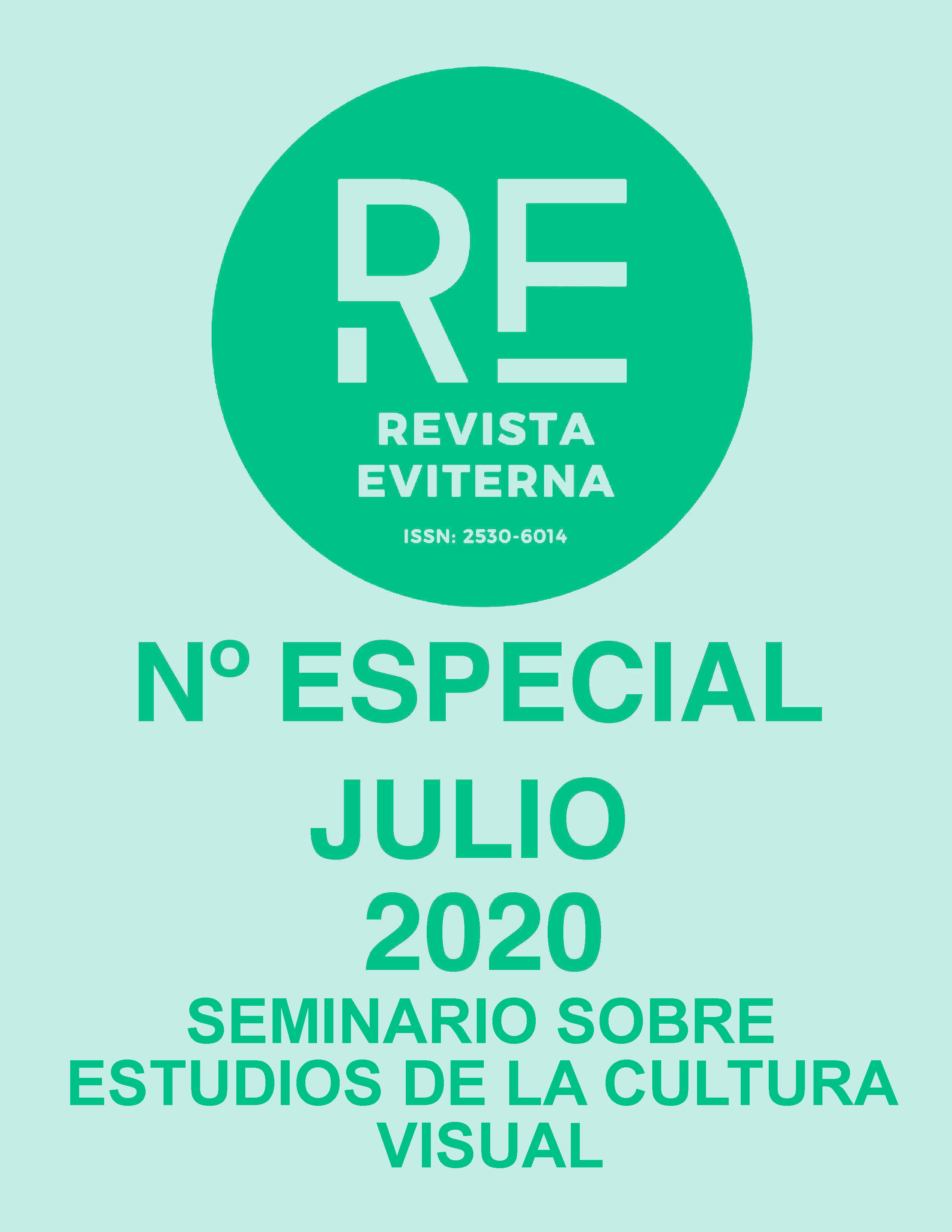LGTB graphic illustration. Caricature, fun and erotism
DOI:
https://doi.org/10.24310/Eviternare.vi4.9816Keywords:
illustration, caricature, LGBT, homosexual, sapphismAbstract
The graphic illustration presents a great variety of themes and techniques. In this article we will study specifically the LGTB illustration and caricature of a burlesque and erotic characteristic with a great emphasis on satirical magazines from the late 19th and early 20th centuries, like L'Assiette au Beurre, due to its great relevance and repercussion. We will also see other examples of equal historical and artistic relevance such as Gerda Wegener's illustrations for Douze sonnets lascifs.
Downloads
Metrics
Publication Facts
Reviewer profiles N/A
Author statements
Indexed in
-
—
- Academic society
- N/A
- Publisher
- Universidad de Málaga
References
Bozal, Valeriano (2008). ‘Dibujos grotescos de Goya’. En Anales de Historia del Arte, Universidad complutense de Madrid, pp. 407-426.
Martínez Moro, Juan (2004). La ilustración como categoría: Una teoría unificada sobre arte y conocimiento, Ediciones Trea, S.L., España.
Peláez Malagón, José Enrique (2002), Historia de la caricatura. Clío: History and History Teaching, Nº 27. Recuperado de: (http://clio.rediris.es/arte/caricaturas/caricatura.htm)
Ramos Frendo, Eva María (2016). Las ilustraciones de la danesa Gerda Wegener (1884-1940) en el semanario francés La Baionnette. Una satírica visión femenina de la Primera Guerra Mundial. AACADigital: revista de la Asociación Aragonesa de Críticos de Arte, Nº 34. Recuperado de: (http://www.aacadigital.com/contenido.php?idarticulo=1192)
Steakley, James D. (1983). Iconography of a Scandal: Political Cartoons and the Eulenburg Affair. Studies in Visual Communication, Volume 9, Issue 2, University of Pennsylvania, pp. 20-51. Recuperado de: (https://repository.upenn.edu/cgi/viewcontent.cgi?referer=&httpsredir=1&article=1211&context=svc)
Tamagne, Florence (2003). ‘Caricatures homophobes et stéréotypes de genre en France et en Allemagne: la presse satirique, de 1900 au milieu des années 1930’. En Le Temps des médias, Nouveau Monde éditions, pp. 42-53. Recuperado de: (https://www.cairn.info/revue-le-temps-des-medias-2003-1-page-42.htm)
Tin, Louis-Georges (2012). Diccionario de la homofobia, Editorial Akal, Madrid, España.
Downloads
Published
How to Cite
Issue
Section
License
All the contents published in Revista Eviterna are subject to the Creative Commons Reconocimento-NoComercia-Compartirigual 4.0 license, the full text of which can be found at <http://creativecommons.org/licenses/by-nc-sa/4.0>
They may be copied, used, disseminated, transmitted and publicly exposed, provided that:
The authorship and original source of your publication (Journal, editorial and URL of the work) are cited.
They are not used for commercial purposes.
The existence and specifications of this use license are mentioned.

Copyright is of two kinds: moral rights and patrimonial rights. Moral rights are perpetual, inalienable, inalienable, inalienable, inalienable and imprescriptible prerogatives.
In accordance with copyright legislation, Revista Eviterna recognizes and respects the moral rights of the authors, as well as the ownership of the economic right, which will be transferred to the University of Malaga for dissemination in open access.
The economic rights refer to the benefits obtained by the use or disclosure of the works. Revista Eviterna is published in open access and is exclusively authorized to carry out or authorize by any means the use, distribution, disclosure, reproduction, adaptation, translation or transformation of the work.
It is the responsibility of the authors to obtain the necessary permissions of the images that are subject to copyright.







12.png)



